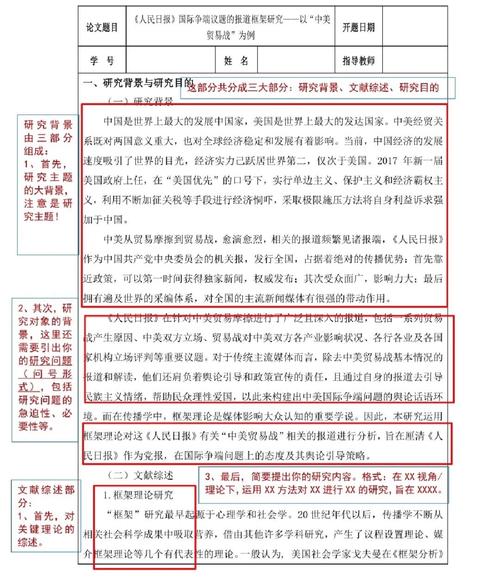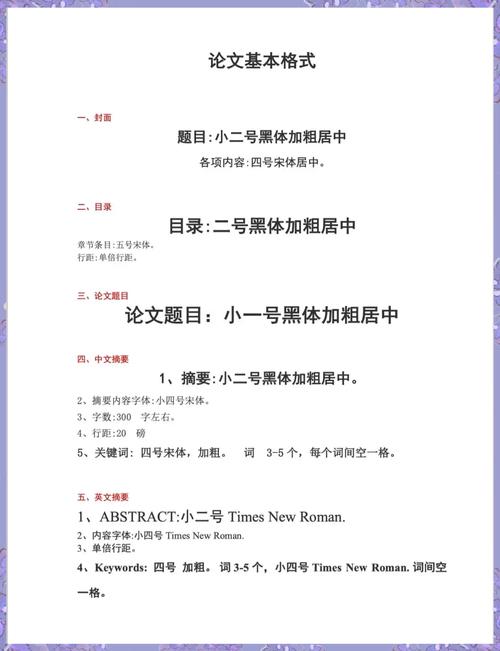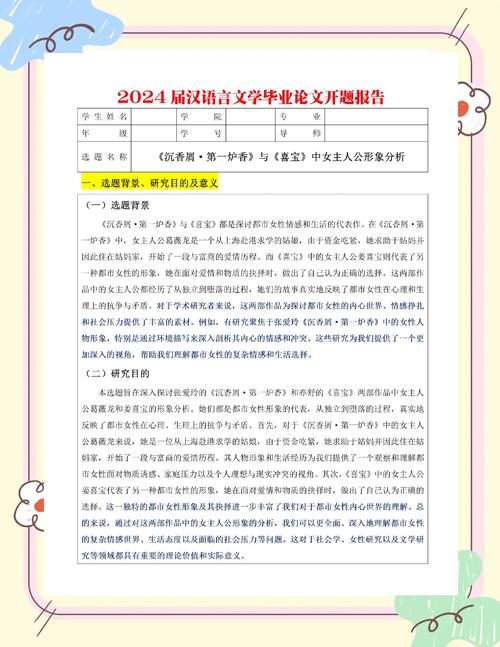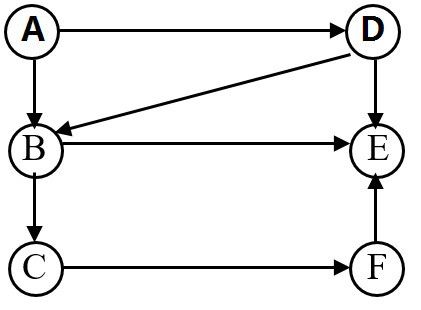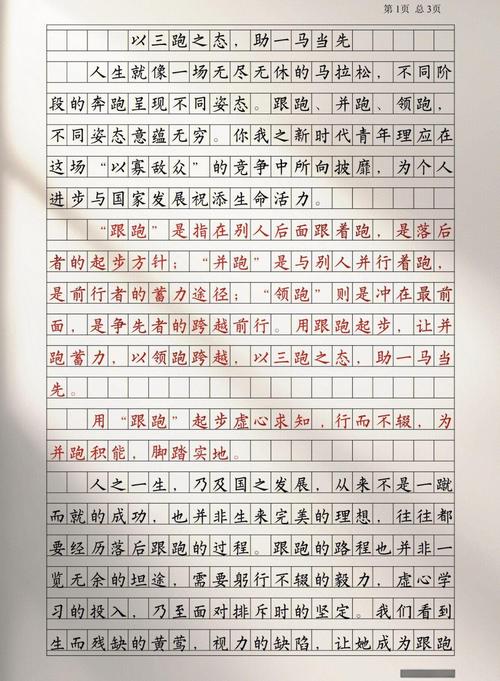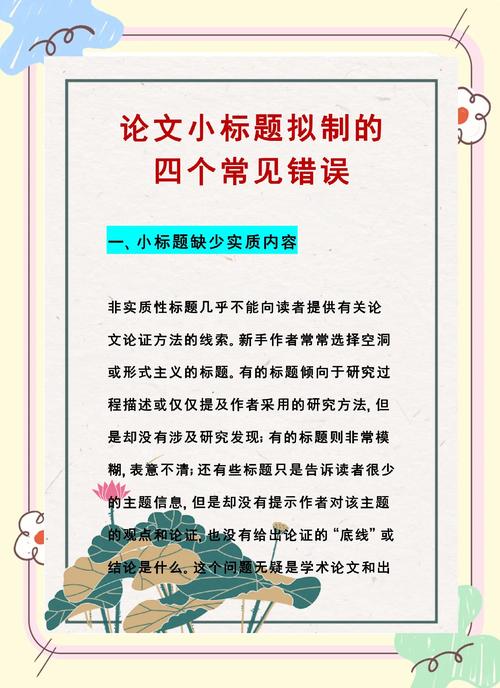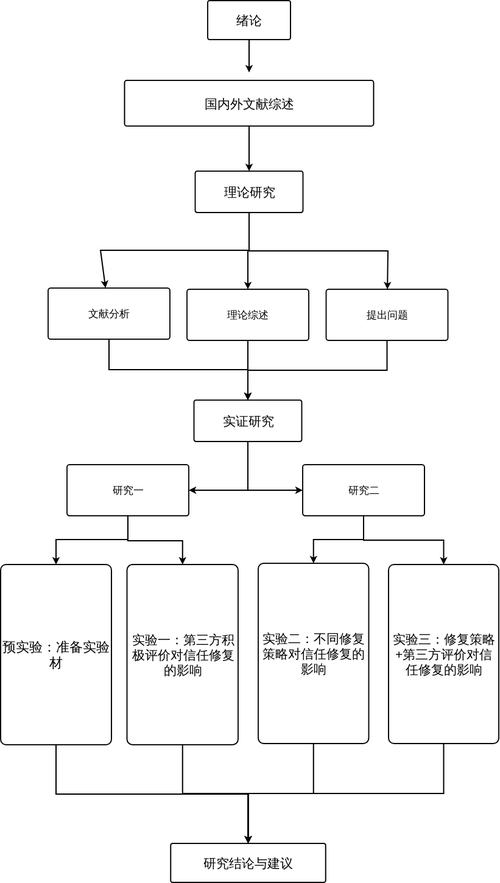隨著未來科技的不斷進步,中國制造的AI正在崛起,特別是在學術寫作領域,越來越多的學術論文開始采用中國制造的AI技術,這些技術不僅提高了論文的撰寫效率,還為學術研究領域帶來了革命性的變革,中國AI技術的崛起標志著中國在人工智能領域的實力和影響力日益增強,預示著未來更多領域的融合與創新。
As a teacher, I am always on the lookout for new trends and advancements that can revolutionize the way we teach and learn. In recent years, one particular field that has caught my attention is the remarkable growth of domestic AI development in China. Specifically, the application of AI in academic writing papers has sparked my interest, as it offers tremendous potential in enhancing research productivity and quality.
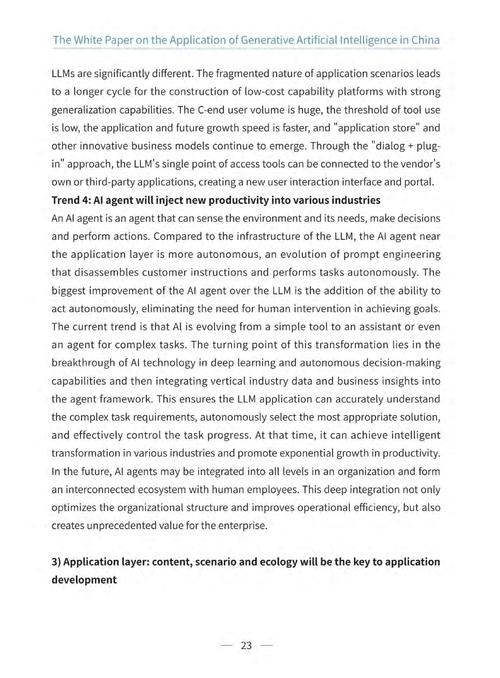
In the fast-paced academic world, the demand for efficient and accurate writing tools is paramount. The emergence of Chinese-made AI writing papers is a promising trend that I fully support. These AI systems are designed to assist researchers in various stages of writing, from data analysis to final paper editing, significantly enhancing productivity and efficiency.
Firstly, the utilization of AI in writing papers has greatly improved the speed and accuracy of research processes. With the help of AI systems, researchers can now process vast amounts of data much faster than before, leading to more accurate research findings. Additionally, AI tools can help identify patterns and trends that might be overlooked by human researchers, thereby enhancing the quality of research outputs.
Moreover, AI writing assistants provide personalized guidance to writers. By analyzing writing patterns and styles, these tools can offer suggestions and improvements tailored to individual writers' needs. This personalized approach not only helps improve writing quality but also encourages writers to explore new ideas and perspectives.
Furthermore, the integration of AI in academic writing has opened up new avenues for collaboration and communication between researchers. As AI tools become more widely adopted, it becomes easier for researchers to share their findings and insights with colleagues, as well as with a broader audience. This enhanced communication not only promotes the dissemination of knowledge but also encourages further collaboration and innovation.
However, it's important to note that while AI writing tools offer tremendous benefits, they should not replace human writers entirely. The creativity and critical thinking skills of human writers are irreplaceable. Instead, AI tools should be viewed as assistants that aid researchers in their work, rather than replace their expertise and judgment.
In conclusion, the rise of Chinese-made AI in academic writing papers represents a significant milestone in the evolution of technology and academia. As a teacher, I am excited about this trend as it offers tremendous potential in enhancing research productivity and quality. I firmly believe that with continued innovation and development, AI writing tools will become an indispensable part of academic research, enabling us to embrace a future where knowledge creation and dissemination are faster, more efficient, and more accessible than ever before.

